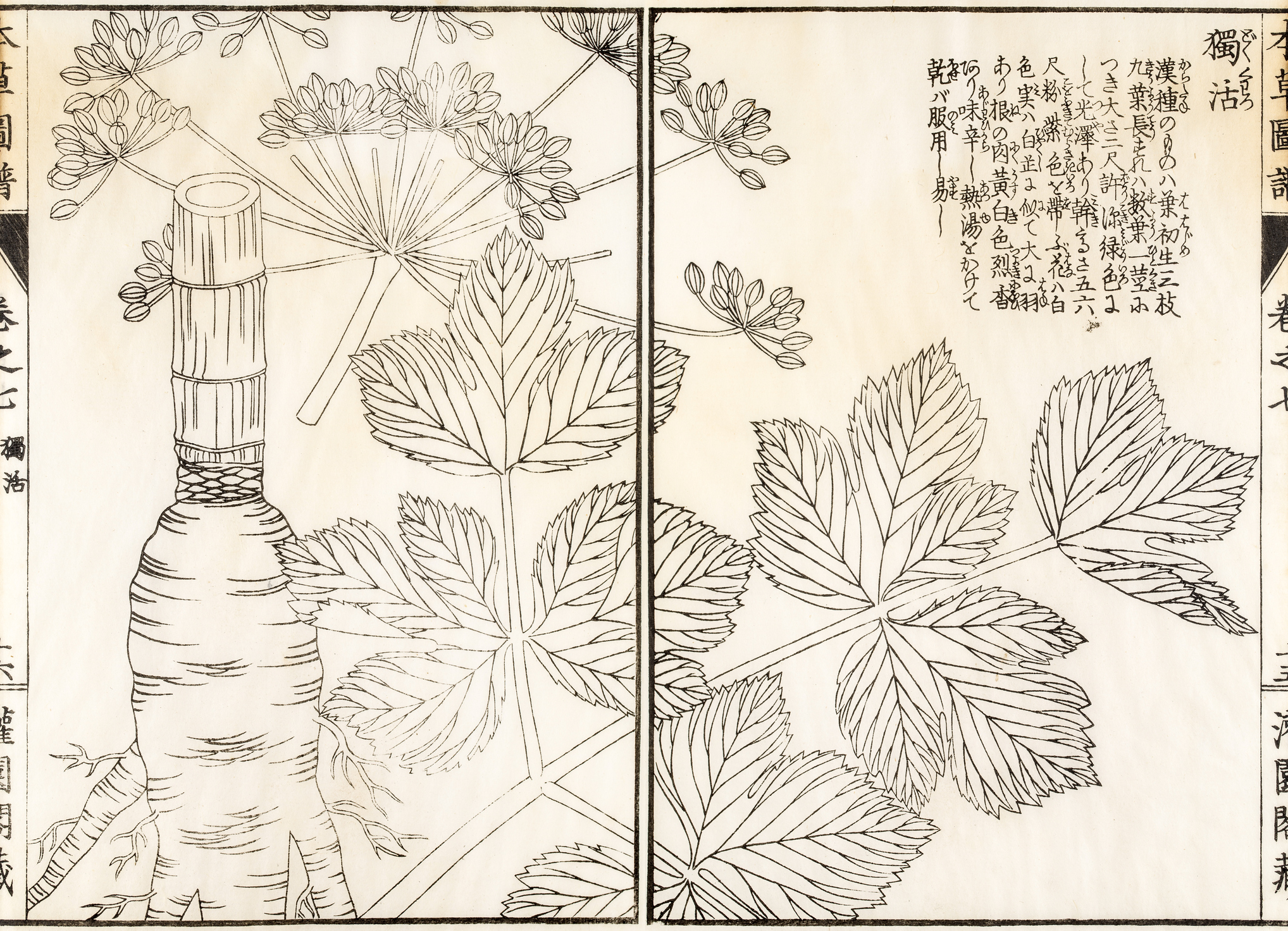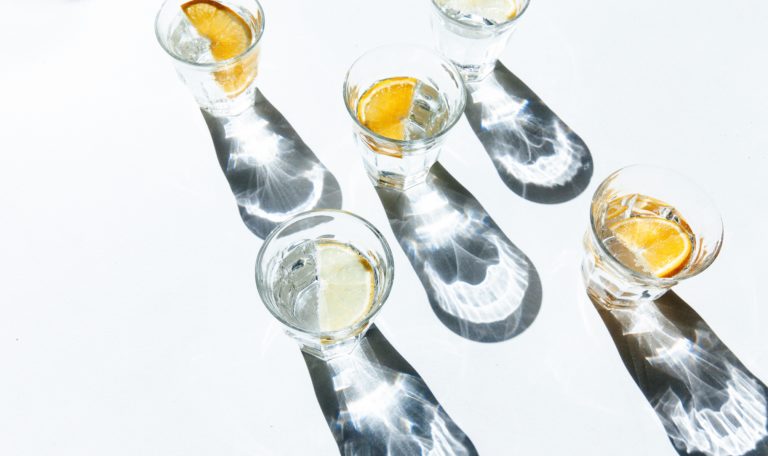Let’s start with some basics, shall we? Traditional Chinese medicine is a 3,500-year-old system of medicine. It’s used to address a huge variety of ailments from minor imbalances to chronic conditions and is based on the philosophy that the human body is in a dynamic state of balance- both internally and with the outside world. When this equilibrium is disturbed, we can become sick. That’s where Chinese medicine comes in!
Most people think Chinese medicine is just acupuncture and herbs, but there’s a lot more to it! It also incorporates moxibustion, cupping (cupping can leave some marks, check out this blog post where we show you how to wear your cupping marks like the Celebs!), gua sha, and dietary and lifestyle advice – it all depends really, on what is appropriate for you and your specialized diagnosis.
Now that we have that out of the way, let’s get down to some facts!
- People often refer to Chinese medicine as preventative medicine, which is interesting because historically, Chinese medicine practitioners were paid to keep people healthy. So, in those days people paid their doctor a regular fee unless they got sick. Then the doctor would not be paid until they were better.
- Small changes in the landscape of the body can be felt through the pulse, which is kind of amazing when you think about it! Both Western and Eastern medicine use the pulse to diagnose patients, however, what is being looked for and how it is being found, differs. In Chinese medicine, there are about 28 different pulse classifications that tell your practitioner about your diagnosis.
- Oddly enough, we can thank a small trip that President Nixon took to China in 1971 for bringing Acupuncture to the mainstream in America. New York Times Journalist James Reston happened to be accompanying Nixon on his trip and while they were in Beijing, Reston developed a case of appendicitis and had to undergo an emergency appendectomy. He treated his post-operative pain with acupuncture and was so amazed at the relief that Chinese medicine gave him that he decided to write about his experience in The New York Times, which was likely the first exposure many Americans of traditional Chinese medicine (TCM).
- In Chinese medicine, there is a bevy of Microsystems throughout your body. On your tongue, your hands, your feet… but the most well-known one is in your ear. Ear Seeds enable you to bring your acupuncture treatment with you on the go. Yinova’s Ear Seeds Kits include both crystal and gold Ear Seeds, which not only look pretty but can also enhance health and wellness when placed at specific points in the ear.
- The reason we have guide tubes for acupuncture needles can be traced back to the 1600s when Waichi Sugiyama, widely regarded as the Father of Japanese Acupuncture, invented them. He invented them because at a young age he actually lost his eyesight, and needed the tubes to guide the needles! However, this also meant that acupuncturists could start using finer needles.




